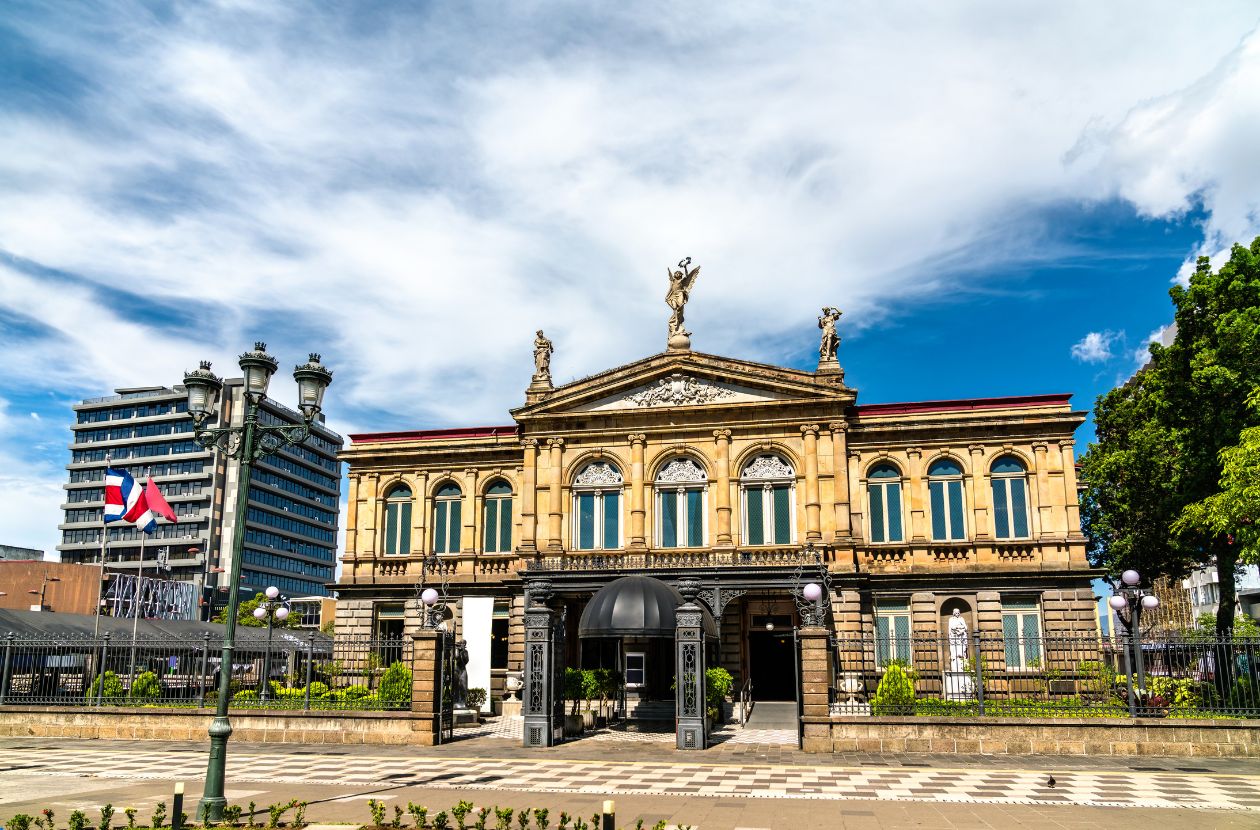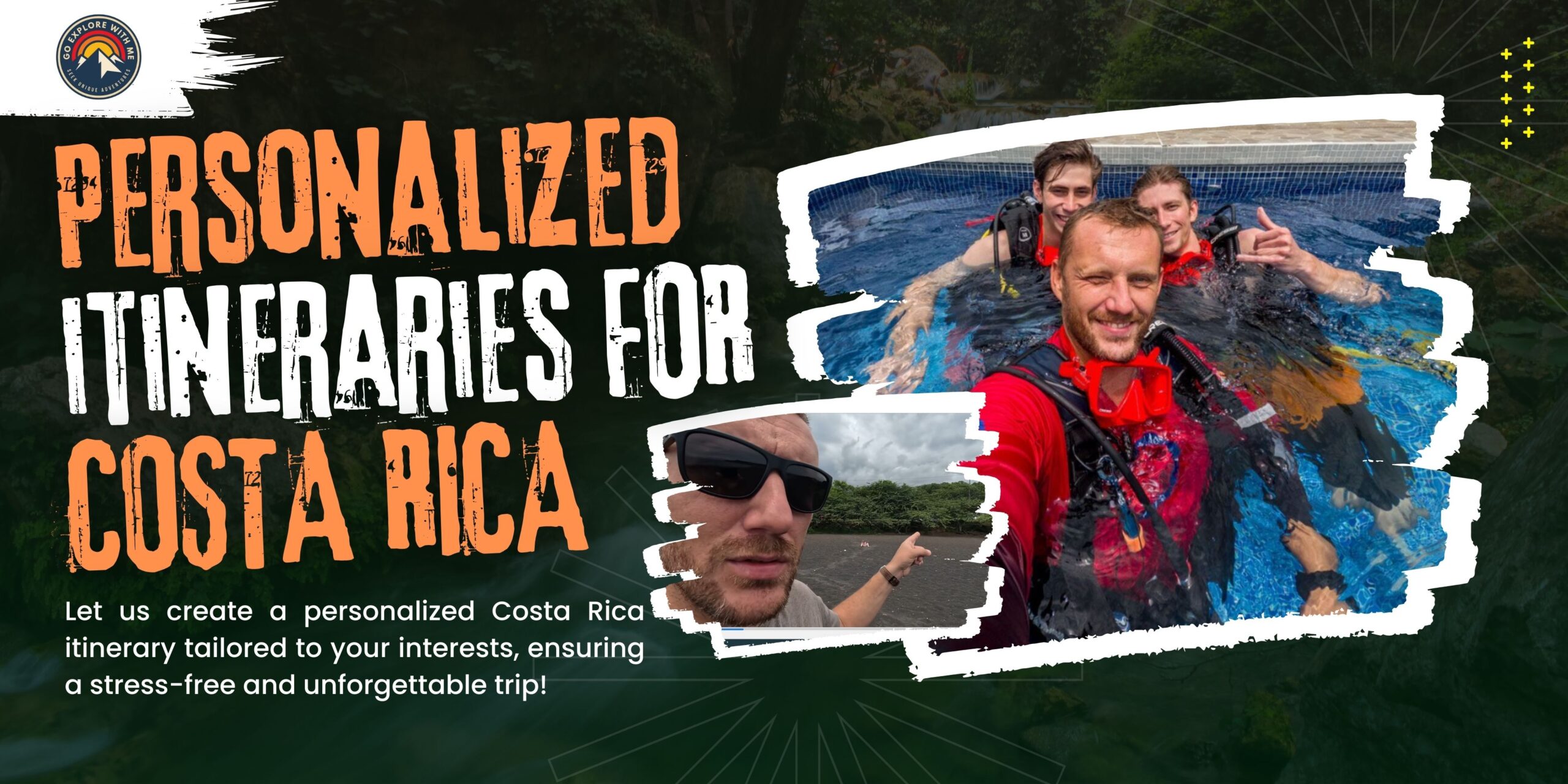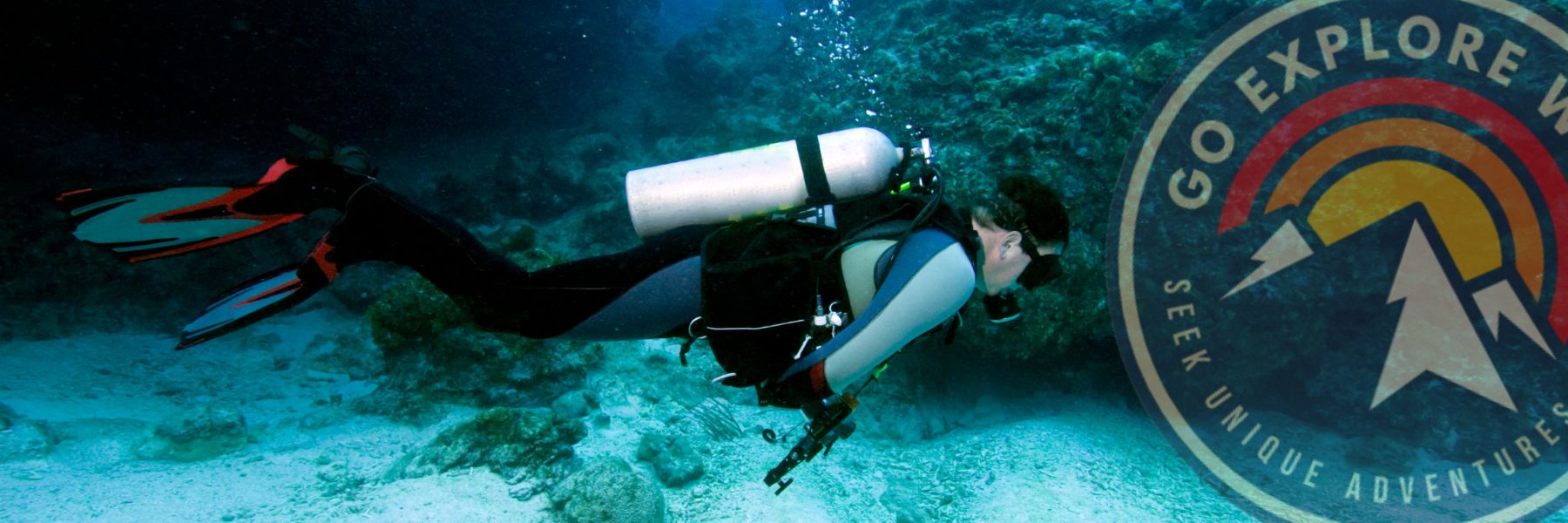Contents
I didn’t come to Costa Rica for the cities. Like most people, I was after beaches, jungle, maybe a toucan or two. But then I found myself in the cities—waiting for buses, looking for coffee, wandering down the wrong street—and slowly, they started to grow on me.
The cities in Costa Rica aren’t built for tourism. They’re built for life. And if you let them, they’ll show you a side of the country that the surf towns never could.
San José: The Capital You Didn’t Know You Needed
Let’s start where most trips do—San José. It’s not love at first sight. Traffic. Noise. Concrete. But give it 24 hours, and you might just start to feel the beat.
One morning I wandered into Barrio Escalante for breakfast. Ended up in a café where the barista gave me a full rundown of Costa Rican politics between sips of single-origin espresso. That’s the thing about San José—you don’t find beauty in the buildings. You find it in the people, the food, the little bursts of art on random walls.

Spend a morning in the National Museum, an afternoon in a crowded soda eating casado, and a night walking down Avenida Central. You’ll leave with a completely different idea of what a capital city can feel like.
Cartago: Old Stones and Volcano Views
Cartago sits just east of San José, but it might as well be a different world. It’s cooler (in both temperature and vibe), with a slower rhythm and fewer car horns.
People here seem to linger—on benches, in bakeries, at the steps of the ruined cathedral in the center of town. The Basilica de Los Ángeles is the star, especially during the annual pilgrimage, but I found just as much charm in a bakery that served warm tortillas with coffee on a rainy afternoon.
Out of all the cities in Costa Rica, Cartago feels like the place where time took a deep breath and decided not to rush.
Heredia: Small City, Big Coffee Soul
They call Heredia “La Ciudad de las Flores”—The City of Flowers—but it could just as easily be called the City of Cafés.
It’s small, student-filled, and wonderfully walkable. I spent a few nights here staying with a friend of a friend (as you do), and it felt like a perfect slice of everyday life. There’s a park where teenagers hang out after class, a mercado full of fried snacks, and old buildings with balconies that look like they haven’t changed in decades.
If you want a Costa Rican city that feels alive without feeling overwhelming, Heredia’s your spot.
Alajuela: Where the Airport Meets Real Life
Chances are, your plane lands closer to Alajuela than San José. And for most people, that’s about all they know of it. But this is one of those cities in Costa Rica that quietly surprises you.
The central market here? Packed. The town square? Always full of people. There’s a statue of Juan Santamaría (Costa Rica’s national hero) and some of the best street corn I’ve ever eaten. Plus, it’s just a short ride to Poás Volcano if you’re itching for nature.
Not flashy. Not famous. But friendly and real.

Liberia: Dry Heat and Cowboy Boots
Up in Guanacaste, Liberia is the gateway to the beaches—and it knows it. It feels more like a frontier town than a city, with dusty streets, wide plazas, and locals in cowboy hats.
I stayed here for two nights on my way to the coast. Not much going on after dark, but during the day, it’s got charm: ice cream shops, local sodas, and a low-key vibe that makes you slow down.
Among the cities in Costa Rica, Liberia’s probably the one that feels closest to the wild west—with a side of mango juice.
Puntarenas: Long, Narrow, and Full of Stories
Puntarenas stretches out like a finger along the Pacific, lined with fishing boats, ceviche stalls, and ocean air that smells like salt and coconut oil.
It’s not polished, not modern—but there’s something honest about it. People go there to catch ferries or take photos on the pier. I went for the street food and stayed for the sunsets.
If you’re into places that haven’t been dressed up for tourists, this is one of those cities in Costa Rica that keeps it real.
Limón: Culture, Color, and Coconut Rice
Then there’s Limón—the biggest city on the Caribbean side, and easily the most different. The vibe here is Afro-Caribbean, the food is spiced and soulful, and reggae pours out of every second shop.
Tourists don’t spend much time here, but I think they should. Not for the sights, necessarily, but for the feeling. Limón’s the kind of place where you buy a plate of rice and beans (made with coconut milk, of course), sit on the sidewalk, and just soak it all in.
Out of all the cities in Costa Rica, Limón is the one that taught me the most—about culture, history, and the beauty of not rushing through a place.
A Few Cities in Costa Rica That Stuck With Me
Not all Costa Rican cities are cities in the big sense. Some are just… places where life happens, and you’re lucky enough to be passing through.
- Grecia – With its famous red metal church and clean, orderly streets.
- San Ramón – Where poetry lives and people still say hi to strangers.
- Santa Cruz – Full of tradition, music, and fiestas you can hear before you see.
They’re not big, not flashy. But they stay with you.
Looking for the Soul of Costa Rica? Start in the Cities.
It’s easy to fly in and head straight to the coast, to the mountains, to the jungle lodges. But if you skip the cities in Costa Rica, you’re missing a big part of the story.
This is where Costa Ricans live. Where they celebrate, protest, dance, and sip coffee with friends. These places may not always be beautiful in the traditional sense—but they’re full of life. And for me, that’s what travel is all about.
Want to Go Beyond the Guidebook?
If you’re curious about the places most tourists miss—small towns, wild corners, and local favorites—you’ll love our free eBook: “10 Hidden Gems in Costa Rica You’ve Never Heard Of”. It’s packed with spots that don’t show up in the top 10 lists, but feel like something special the second you arrive.
Download it now and explore Costa Rica the way locals do—slowly, curiously, and with your eyes wide open.






